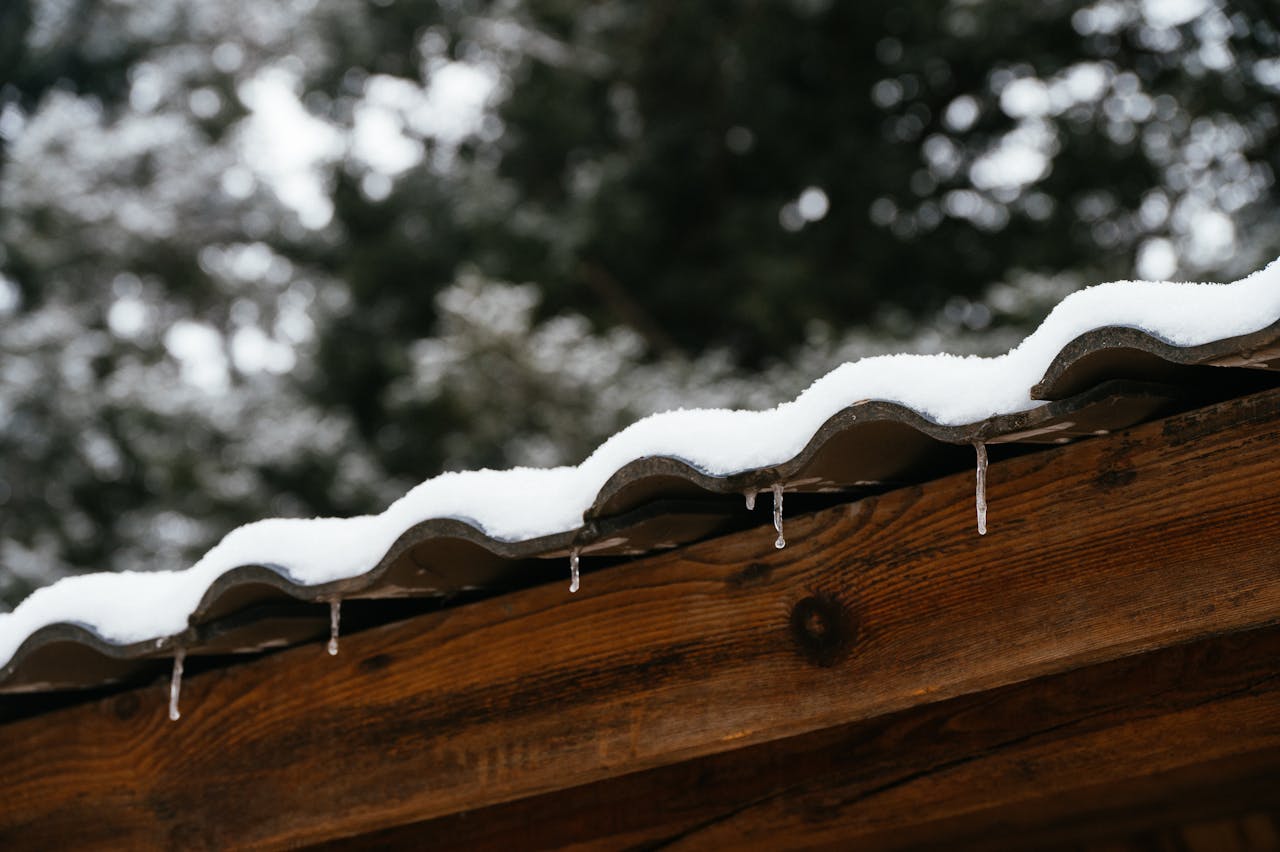
Home insurance carriers often ask homeowners to keep their yards free of clutter. This request might seem strict at first, but it has very real reasons behind it. Loose items left outside can become dangerous when storms or high winds strike. They can damage homes, cars, or even a neighbor’s property. Understanding why insurance carriers demand decluttered yards helps homeowners see how it protects everyone from costly problems.
Why Carriers Care About Yard Clutter
Insurance companies look at risk when they decide to cover a home. A messy yard filled with old tools, broken furniture, or loose tarps raises that risk. These items are more likely to cause accidents or property damage when weather changes quickly. A clean and organized yard shows that a homeowner is keeping up with maintenance. This lowers the chances of claims and gives insurers confidence in the safety of the property.

When Items Become Flying Debris
The biggest reason carriers stress decluttering is that loose items can turn into flying debris. Something as simple as a garbage bin, flower pot, or piece of lumber can be lifted by wind and slammed into a house. Windows can shatter, siding can crack, and roofs can lose shingles. Cars parked in driveways are also vulnerable, often ending up with dents, scratches, or broken glass. Neighbors’ homes and vehicles are just as exposed, which can lead to disputes and expensive claims. By requiring yards to stay free of these hazards, insurance carriers lower the chances of one small object causing major damage.
Fire Hazards from Clutter
Another serious concern with cluttered yards is fire risk. Piles of wood, trash, or unused equipment can easily catch fire. In areas prone to wildfires, clutter increases the danger by providing extra fuel for flames. Even in regular neighborhoods, clutter close to a house can spread fire faster and make it harder to control. Insurance companies want yards kept clear so that homes are better protected from fire damage.
Liability Concerns
Clutter does not just threaten your own home, it can harm others as well. If items from your yard become flying debris and hit a neighbor’s car, fence, or window, you may be held responsible. This is called liability, and it is something carriers try to reduce. Claims involving neighbor disputes or third-party damage can add up quickly. That is why carriers stress the importance of keeping outdoor spaces safe and free of hazards.
Signs of Overall Home Care
Insurance carriers look at more than just the inside of a home when reviewing coverage. The condition of the yard is part of how they judge property upkeep and overall home maintenance. A cluttered or poorly maintained yard can raise concerns during insurance inspections, and these concerns may affect policy renewal or even home insurance coverage. Below are key areas that carriers pay attention to when making a risk assessment.
Exterior Condition of the Home
The outside of a house shows a lot about homeowner responsibility. Insurance inspections often note cracked siding, damaged paint, or broken windows. These can signal neglect, which increases the chance of property damage. Carriers may decide that homes with visible problems present more liability issues, so regular repairs and cleaning are important.
Roof and Gutter Maintenance
Roofs and gutters play a direct role in preventing water damage. When gutters are clogged or shingles are missing, it tells insurers that home maintenance is being overlooked. Poor upkeep here can lead to leaks, mold, and higher claims for property damage. Keeping gutters clear and repairing roof problems quickly shows good property upkeep and lowers risk in the eyes of insurers.
Yard and Landscaping Care
The way a yard is managed is part of property upkeep. Overgrown grass, dead branches, or piles of clutter can signal a lack of attention. Insurance inspections often flag these as hazards since they can turn into flying debris, fire risks, or even injury risks for visitors. A well-kept yard shows a level of homeowner responsibility that can help with policy renewal.
Storage of Outdoor Items
Where and how outdoor items are stored matters to carriers. Tools, garden equipment, or outdoor furniture left unsecured increase liability issues and the chance of property damage during storms. Proper storage in sheds or garages reduces risks and demonstrates that the homeowner is taking steps to prevent claims. Insurers look for these signs during risk assessments to decide if coverage should continue.
Waste and Hazard Removal
Piles of junk, unused appliances, or old tires in the yard are seen as major red flags during insurance inspections. These items can cause fire hazards, attract pests, and increase the chance of property damage. Removing waste quickly shows good property upkeep and reduces the risks that may otherwise affect home insurance coverage.
How Poor Home Maintenance Affects Policy Renewal
A pattern of poor home maintenance can impact policy renewal decisions. If inspections show signs of neglect, carriers may raise premiums or decide not to continue coverage. On the other hand, consistent upkeep makes it clear that the homeowner is reducing risks. This balance plays a big part in how insurers view long-term liability issues.
What Homeowners Can Do
Keeping a yard safe and free from clutter does not have to be complicated. Insurance carriers expect homeowners to take steps that lower risks and show responsible property upkeep. These actions help with property inspections, reduce liability claims, and make policy renewal easier. Below are practical steps that any homeowner can take to reduce hazards and support homeowners insurance coverage.
Store Tools and Equipment Properly
Outdoor tools, lawn equipment, and small machinery should be kept in a shed, garage, or other secured storage. Leaving them outside creates outdoor safety risks during storms and increases the chance of property damage. Proper storage shows good home maintenance and helps during property inspections. It also limits liability claims if a loose tool injures someone.
Secure Outdoor Furniture and Yard Items
Patio chairs, tables, and other yard items can become dangerous flying debris in strong winds. Insurance carriers often flag unsecured furniture during property inspections because it can cause property damage to homes, cars, or neighboring properties. Securing these items or bringing them indoors before bad weather is a key part of risk reduction.
Remove Dead Branches and Overgrown Vegetation
Dead trees, broken branches, and overgrown bushes create fire hazards and increase storm risks. These can fall on homes, power lines, or vehicles, leading to costly property damage. Regular trimming and removal of weak branches show active home maintenance and reduce risks. Insurance carriers view this as a sign that a homeowner is taking responsibility for property damage prevention.
Dispose of Junk and Hazardous Items
Old appliances, unused tires, or piles of wood should not be left in yards. These items attract pests, add to fire hazards, and create unnecessary risks during storms. Removing junk demonstrates good property upkeep and reduces concerns during property inspections. It also lowers the chance of liability claims tied to accidents or damage.
Conduct Regular Yard Checks
Homeowners should make it a habit to inspect their yards before storm season or after heavy winds. This routine allows quick removal of debris or hazards that could lead to property damage. Regular checks are a form of risk reduction that carriers expect from responsible homeowners. Keeping this practice also supports policy renewal by showing consistent care.
Keep Fire Safety in Mind
In areas prone to wildfires or high heat, clearing combustible materials away from homes is essential. Storing firewood away from the main structure and disposing of dry leaves are small but important steps. These actions reduce fire hazards and limit the chances of property damage spreading to the home. Carriers see these steps as part of responsible home maintenance under homeowners' insurance requirements.
Start Your Quote Today
Our licensed specialist will search for the best insurance quotes and will email you when ready.



